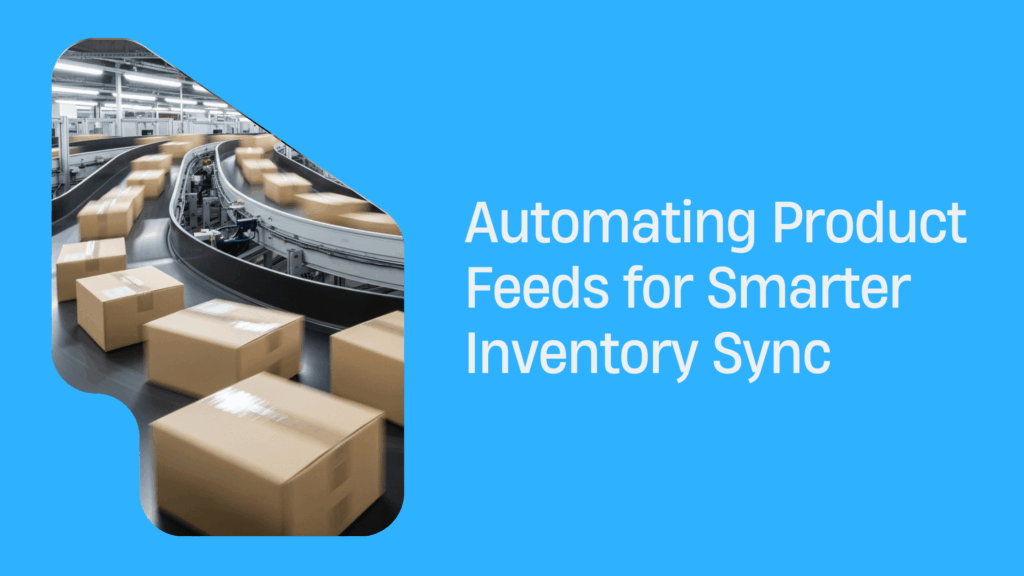How to Fix Accounts Receivable and Collections Challenges with Automation
Introduction
Slow payments, mounting past dues, and inefficient follow-ups are common headaches for finance teams. Accounts Receivable (AR) and Collections are critical to cash flow health, but manual processes often lead to missed invoices, delayed follow-ups, and increased bad debt. This not only strains working capital but also impacts customer relationships.
Automation has emerged as a game-changer, transforming AR and Collections into proactive, data-driven functions. By reducing manual work, improving visibility, and enhancing customer communication, automation empowers businesses to recover cash faster and boost overall efficiency. Let’s break down the biggest challenges companies face in AR and Collections, and how accounts receivable automation can solve them.
1. Challenge: Delayed Invoicing and Payment Posting
In many organizations, invoicing still involves manual data entry, paper-based processes, or multiple approval layers. This not only delays sending the invoice but also postpones when the payment cycle even begins. On the other side, payment posting is often a slow, manual process, especially when remittance data comes separately or in inconsistent formats. As a result, AR aging reports are inaccurate, collections are delayed, and cash flow suffers.
Automation Fix:
An automated accounts receivable software integrates directly with ERP and billing platforms to generate invoices immediately after goods are shipped or services are rendered. It sends them electronically in the customer’s preferred format, EDI, PDF, or portal upload, cutting days off the billing cycle. Payments from multiple channels (ACH, cards, checks) are auto-posted in real time, ensuring that finance teams always have accurate receivables data and can track credit exposure without delays.
2. Challenge: Poor Visibility into Outstanding Receivables
When data is scattered across spreadsheets, emails, and outdated ERP reports, finance teams waste valuable time consolidating numbers before they can take action. This fragmented visibility means high-risk accounts aren’t identified early, and collectors spend equal effort on low- and high-priority accounts, reducing recovery efficiency.
Automation Fix:
Automation consolidates all AR data into a centralized dashboard updated in real time. Collectors can see invoice status, days past due, customer payment patterns, and credit limits at a glance. AI-powered analytics allow segmentation by risk level, overdue amount, or customer value, enabling targeted follow-ups and smarter resource allocation.
3. Challenge: Reactive Collections Instead of Proactive Follow-ups
In many businesses, collection activity begins only after an invoice becomes overdue. This reactive approach extends DSO, increases the likelihood of disputes, and risks damaging customer relationships. Without timely reminders, even reliable customers may miss payment deadlines simply due to oversight.
Automation Fix
Automated collections workflows send personalized reminders based on the due date, payment history, and customer preferences. These can be emails, SMS alerts, or even automated portal notifications. Predictive algorithms identify customers likely to delay payment, allowing collectors to engage before the invoice becomes overdue, keeping cash flow steady and reducing the need for escalations.
4. Challenge: Inefficient Dispute Resolution
Disputes remain open for weeks because supporting documents are hard to locate, updates are tracked manually, and communication between AR, sales, and operations is slow. These bottlenecks lead to unnecessary delays in resolving issues, and disputed amounts pile up in the past-due bucket, artificially inflating DSO.
Automation Fix:
Automated dispute management tools log every dispute in a centralized system, attach relevant documents (POs, delivery notes, contracts), and route cases to the right team instantly. Stakeholders can collaborate in real time, and customers receive automatic updates on dispute status. This reduces resolution time from weeks to days, freeing up locked cash.
5. Challenge: Lack of Payment Flexibility for Customers
When customers have limited payment options , such as only accepting checks or bank transfers , it creates friction and can delay settlement. Some customers may also need installment plans, which are difficult to manage manually.
Automation Fix:
Automated payment portals offer multiple payment methods (credit card, ACH, virtual cards, digital wallets) and allow customers to pay in their preferred currency. These portals also support recurring payments, partial payments, and instant invoice downloads, making it convenient for customers to clear dues promptly.
6. Challenge: Time-Consuming Cash Application
Manually matching incoming payments to open invoices is a tedious, error-prone task, especially when remittance advice is missing or incomplete. Inaccurate matching creates reconciliation headaches, delays AR reporting, and wastes collector time chasing missing data.
Automation Fix:
AI-powered cash applications use pattern recognition, OCR (optical character recognition), and remittance parsing to automatically match payments with the correct invoices , even when data is incomplete or in different formats. This improves posting accuracy, speeds up reconciliation, and gives collectors an accurate starting point for follow-ups.
7. Challenge: High Bad Debt and Write-Offs
Without early warning signs, finance teams often only realize an account is at risk when it has already defaulted. This reactive recognition leads to higher write-offs and strained profitability.
Automation Fix:
Machine learning models continuously analyze customer payment behavior, credit scores, and historical patterns to predict potential delinquencies. The system flags high-risk accounts early, allowing collectors to prioritize outreach, adjust payment terms, or escalate to credit teams before the situation worsens.
8. Challenge: Scaling Collections Across Business Units or Regions
As businesses grow, they often manage multiple entities, currencies, and compliance rules. This complexity makes it hard to maintain standard collection practices and consolidated visibility, leading to inefficiencies and inconsistent customer experiences.
Automation Fix:
Cloud-based AR automation platforms support multi-entity and multi-currency operations, providing standardized workflows across geographies while complying with local regulations. Managers get consolidated dashboards, and local teams can work within a unified system that adapts to regional needs.
Key Benefits of Automating AR and Collections
Automation isn’t just about reducing manual work , it’s about driving measurable improvements across cash flow, operational efficiency, and customer relationships. Here’s how it delivers results:
1. Faster Cash Flow
With delayed invoicing and reactive follow-ups, cash flow often suffers. Automation solves this by sending invoices instantly, triggering reminders before due dates, and ensuring payments are posted in real time. Businesses experience reduced DSO, stronger liquidity, and a healthier working capital position.
2. Higher Team Productivity
Collectors spend hours chasing data, sending manual reminders, and matching payments to invoices. Automation eliminates these repetitive tasks by centralizing data and executing workflows automatically. This allows teams to focus on high-value activities like dispute resolution and strategic customer outreach, without increasing headcount.
3. Better Customer Experience
Customers are more likely to pay on time when the process is seamless. Automated AR systems provide self-service portals where clients can view invoices, download statements, and pay using their preferred method. Quick dispute resolution and transparent communication foster trust and long-term relationships.
4. Data-Driven Decision-Making
Manual reporting is slow and often outdated, leading to reactive decisions. With automation, finance leaders get real-time dashboards, predictive analytics, and customer risk scores at their fingertips. This enables proactive action on high-risk accounts, optimized collection strategies, and more accurate cash forecasts.
5. Lower Bad Debt and Write-Offs
Bad debt builds up when at-risk customers go unnoticed until it’s too late. Automation uses AI to monitor payment behavior, identify early warning signs, and recommend recovery actions. This reduces exposure to write-offs and ensures credit policies remain aligned with customer risk profiles.
Conclusion
Fixing accounts receivable and collections challenges requires more than just working harder, it requires working smarter. Automation transforms AR from a reactive process into a proactive, revenue-protecting function. By streamlining invoicing, improving visibility, predicting risk, and empowering customers with better payment options, automation directly boosts cash flow and reduces operational strain. Businesses that embrace AR automation not only collect faster but also strengthen customer relationships, setting the stage for sustainable growth.



